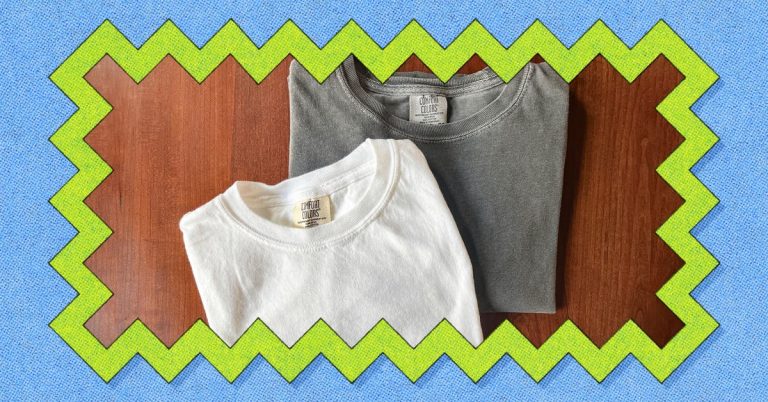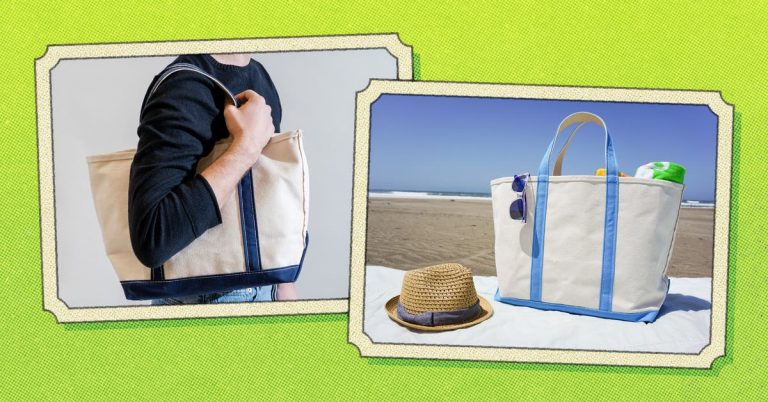The 3 Best Ski and Snowboard Goggles of 2025

Here’s what I prioritized when deciding which ski goggles to test:
Lens optics: I looked for goggles that advertised color-contrast technologies intended to refine features on snow.
Good-quality goggles lenses incorporate dyes to manage color and light, and they help to create visual contrast when you look at snow. This makes subtle features easier to identify and avoid—or use to your advantage, as when skiing moguls or jumping off snow ramps.
Visibility is particularly important because even groomed ski runs develop imperfections as people ski on them. And, of course, many runs are ungroomed. Good lenses help you see bumps and ruts clearly.
Multiple lenses or a single versatile lens: Regular lenses have a fixed VLT (variable light transmission) rating. The lower the percentage number, the darker the lens will be. The higher the number, the more light it lets through, and the better it is for low-light days.
Because light conditions change, I looked for goggles with interchangeable lenses. Most of the goggles I tested used interchangeable lenses, coming with a low-light lens plus a regular lens of the buyer’s choice.
Some goggles instead come with one photochromic lens that can lighten or darken (within a set VLT range) depending on the conditions outside. I tested a few of these goggles, too. Most photochromic lenses cost more, though, and are not designed to be changed easily.
Prescription compatibility: People with prescription glasses and who can’t or prefer not to wear contacts in the cold or at higher altitudes may need goggles fitted with prescription inserts or goggles that fit over their glasses (these are called OTG goggles). Not all goggles work with inserts, and I took this into account when choosing which goggles to test. All of our picks work with prescription inserts.
OTG goggles are a more affordable option than inserts. Their lenses sit far from your face, making room for your glasses, and cutouts in the foam accommodate the glasses’ sidearms.
But many prescription glasses users find OTG goggles uncomfortable, and OTG goggles work best with smaller frames. Plus, if you fall wearing your glasses, you risk breaking them. For these reasons, I decided not to test them in this guide.
Anti-fog coatings: The lenses of all of the goggles I tested have an anti-fog coating. If you’re seeking prescription inserts, experts recommend that you have them coated as well.
Along with breathable foam, anti-fog coating helps prevent fog from forming when warm, wet air gets inside the lens, usually from body heat or your breath. These coatings eventually wear off, but most durable coatings should last four to five years if handled carefully.
This means no wiping the inner lens. Dab it if you must, but the coating has a gel-like texture, and wiping it may cause scratches and permanent smudges that make the lens more fog-prone.
Aftermarket anti-fog applications are available, but depending on the extent of lens damage, you may be better off purchasing a fresh lens after a few seasons if fogging becomes a regular problem.
Size availability: I looked for goggles that are available in multiple frame sizes, including low-bridge fits, which add extra foam around the top of the nose to prevent air gaps for people with low nose bridges.
Some manufacturers suggest matching your helmet size with your goggles size, which I found is a good place to start if a company does not provide helmet compatibility in more measurable specs.
Warranty: Most goggles’ warranties are restricted to manufacturer defects, and they’re often good for only a year. For this reason, I didn’t weigh warranties heavily in deciding what goggles to test. (Damage happens fast when goggles are neglected, and I recommend preventative maintenance to keep lenses, glues, and foam intact.) I did, however, prioritize goggles whose lenses could be replaced, if they’re damaged or destroyed.
I tested for the following:
Lens performance: Along with testing different lens optics head to head, I assessed how these technologies were further affected by lens shape and lens size; I looked for distortion in lenses with a lot of curvature, and I compared peripheral vision.
Ease of swapping lenses: The more likely you are to change the lens, the more likely you’ll be able to see well in different weather conditions. I practiced removing and installing lenses on goggles that offered this feature. The results varied from being an intuitive, quick task to bringing me to the verge of having a tantrum (I have been described as patient).
Some lenses were easy enough to change at the ski area—sometimes even when I stopped mid-run—without removing the goggles. Others I’d recommend doing at home or in a warm vehicle before skiing, or avoiding altogether.
Foam layers: All of our picks have triple-layer foam, as do most high-quality goggles.
Goggles have either a single, double, or triple layer of foam padding circling the lens. In goggles with three layers, the layer closest to the frame is the most dense and buffers the rigid plastic from the second layer of foam, which is softer. That second layer is the most porous and air-permeable. It promotes air circulation and prevents fogging. The third layer contacts your face and is the softest and most comfortable. It also wicks sweat into the second layer to dry. (Yes, we sweat when working hard sometimes—even on a cold ski hill!)
Goggles with two layers tend to omit the comfortable face foam so that your face contacts the coarser second foam directly.
Goggles with a single layer of foam omit the rigid foam that separates the plastic frame from the second layer, which can cause pressure points and fit issues if the goggle is not perfectly suited to your face.
Durability: The first part of a pair that gets damaged is usually the lens or foam. While I tried to care for each set of goggles I tested as if I owned them, I inevitably dropped some, or other pieces of gear ended up piled on top of them. Though I did not hit any trees during testing, I have caught several tree branches in the helmet and goggles in the past, and I’ve been whacked in the face by skis and snowboards while standing in gondola lines. It happens.
I checked for lens wear, especially in rimless goggles that had no frame to keep them from contacting the floor when put down lens first—which I did do intentionally, in the name of testing.
Fit: Getting the right size is a good start. But a pliable frame helps too, as it will be more likely to contour to the nuances of your unique face.
Bonus items: Some goggles come with accessories, such as cases and lens covers, which can be useful—though these didn’t become a big factor in making our picks. Some useful items included a Gogglesoc (a stretchy fabric lens cover) and soft and hard cases.






